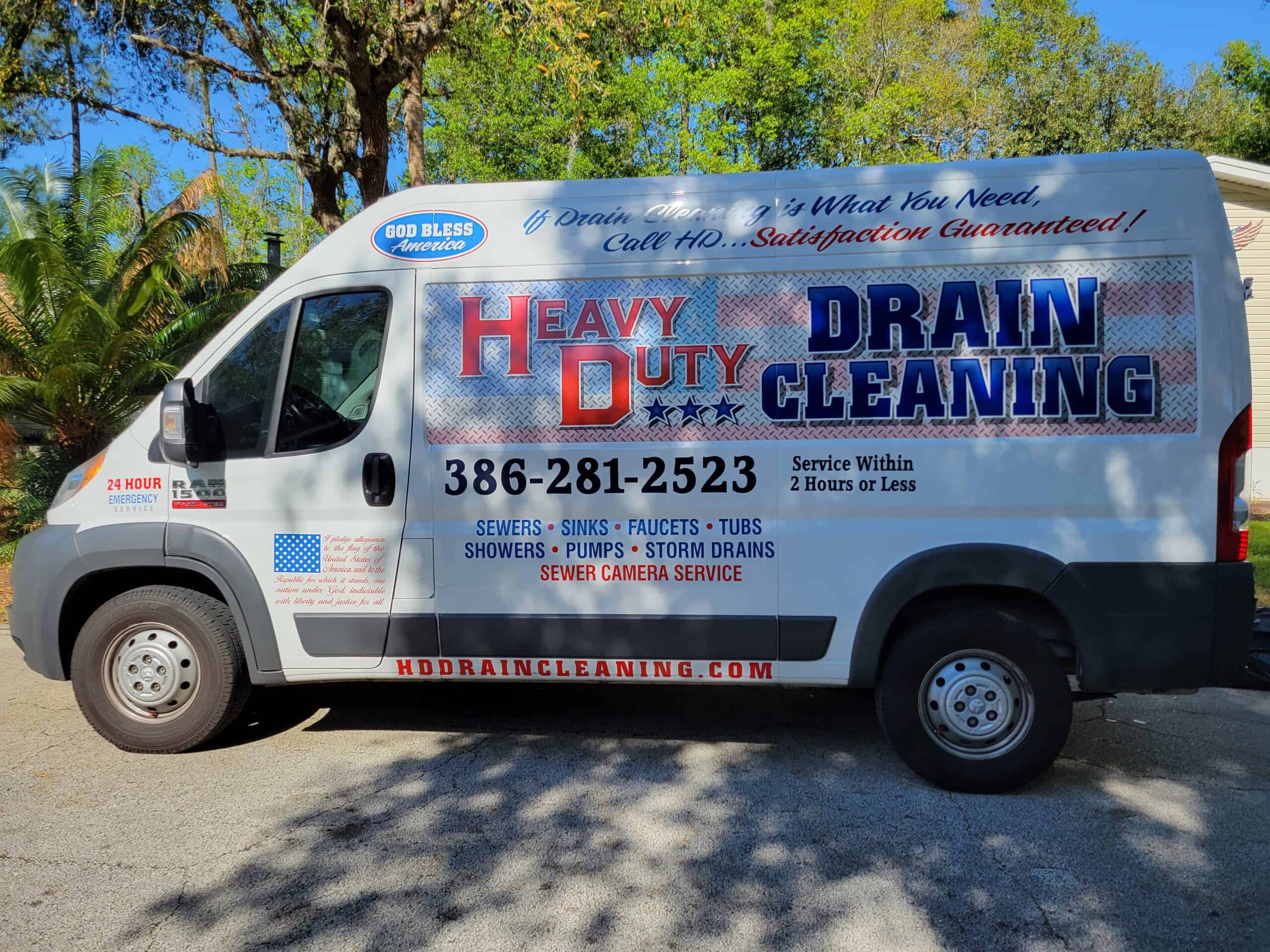Introduction
A leaky faucet is more than just an annoying drip – it can waste gallons of water, increase your utility bills, and damage your fixtures over time. The good news? Fixing a faucet is a task that most homeowners can handle on their own. In this guide, we’ll walk you through the step-by-step process of faucet repair. We’ll address common issues, share practical solutions, and answer frequently asked questions so you can tackle this project with confidence. Let’s get started!
1. Identify the Type of Faucet
Before you begin, it’s essential to know what type of faucet you have, as the repair process can vary based on its design. Here are the four most common types of faucets:
- Compression Faucets: Older models with separate hot and cold handles.
- Ball Faucets: Often found in kitchens, these have a single handle that rotates for temperature control.
- Cartridge Faucets: Similar to compression faucets but with smoother operation, typically identified by their single or double handles.
- Ceramic Disk Faucets: A modern, durable option with a single lever for precise control.
Pro Tip: Familiarize yourself with your faucet type and gather the necessary tools. This will make the repair process smoother and faster.
2. Turn Off the Water Supply
A critical first step in any plumbing repair is to turn off the water supply. Skipping this step can lead to a mess and potential water damage. Locate the shut-off valves under the sink, turn them clockwise, and open the faucet to drain any remaining water.
- Tools Needed: Adjustable wrench, pliers
- Tip: If your faucet doesn’t have individual shut-off valves, turn off the main water supply to avoid unwanted surprises.
3. Diagnose the Problem and Replace Worn Parts
Most faucet issues arise from worn-out parts, such as washers, seals, or O-rings. By identifying these faulty components and replacing them, you’ll often resolve the problem.
For Compression Faucets
Compression faucets tend to leak due to worn rubber washers or seals. Disassemble the handles, remove the nut, and replace the washer with a new one.
For Ball Faucets
Ball faucets contain various parts, including springs, O-rings, and seals. Use a repair kit specific to your faucet model for replacement parts.
For Cartridge Faucets
Remove the handle, then extract the cartridge. Replace it with a new cartridge compatible with your faucet type.
For Ceramic Disk Faucets
With ceramic disk faucets, the most common culprit is a worn seal. Replace the rubber seals and clean the cylinder to improve performance.
Important: Follow the manufacturer’s instructions to ensure you’re using the right replacement parts.
4. Reassemble the Faucet and Test
Once the faulty parts are replaced, it’s time to reassemble the faucet. Ensure all parts are tightly secured, turn the water supply back on, and test the faucet for leaks.
- Testing Tip: Turn on both hot and cold water to check for any leaks or drips.
- Final Adjustments: If there’s still a minor leak, adjust the parts or tighten the connections as needed.
Frequently Asked Questions About Faucet Repair
Q1: How much can I save by fixing a leaky faucet myself?
Repairing a leaky faucet can save you up to 3,000 gallons of water per year, according to the Environmental Protection Agency (EPA). This can also translate into savings of $100+ annually on your water bill, depending on the severity of the leak.
Q2: How long does it take to fix a faucet?
Most faucet repairs can be completed in about 30 minutes to an hour, depending on the type of faucet and severity of the issue. Having the right tools on hand will streamline the process.
Q3: Do I need special tools to repair my faucet?
Common household tools like an adjustable wrench, screwdriver, and pliers will usually suffice. However, you may need a faucet-specific repair kit or replacement parts, especially for ball and ceramic disk faucets.
Q4: Should I use plumber’s tape?
Plumber’s tape is generally helpful when reinstalling parts, as it ensures a secure, leak-free fit. Apply it to threads or connections where needed.
Q5: When should I call a professional?
If you’ve tried these steps and still experience leaks or if you encounter structural damage within the faucet, it may be time to consult a professional plumber.
Conclusion
Repairing your faucet not only saves water and lowers your utility bill but also preserves the integrity of your fixtures. By following these simple steps and addressing frequently asked questions, you can handle minor faucet repairs with confidence. And remember, if a quick fix doesn’t solve the issue, calling a plumber may be the best option for more complex repairs. Don’t let a leaky faucet go unattended – take action today and enjoy a fully functional faucet in no time.
Call HD Drain Cleaning for Professional Faucet Repairs
If you’re dealing with a stubborn leak, complex repair, or simply don’t have the time to fix your faucet, HD Drain Cleaning is here to help! Our team of experienced professionals is ready to tackle all types of faucet repairs, ensuring your fixtures are fully functional and leak-free. With expertise in both residential and commercial plumbing, we’re Daytona Beach’s trusted choice for reliable and affordable plumbing solutions. Don’t let a leaky faucet disrupt your day—contact HD Drain Cleaning today to schedule a service and get your faucet back in top shape!
Call us now or visit our website to book your repair appointment.

